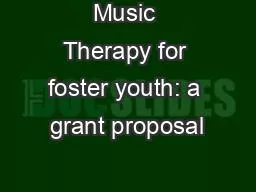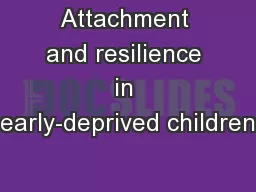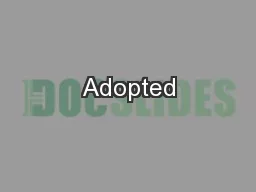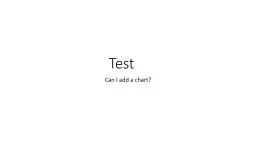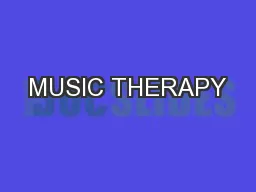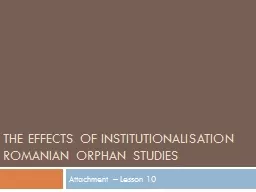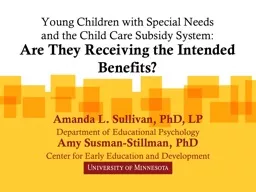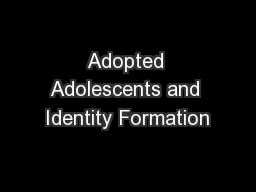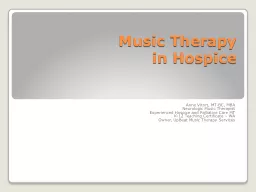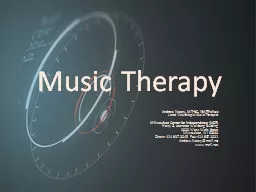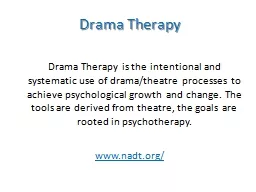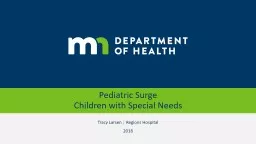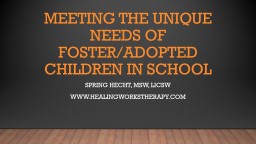PPT-Music Therapy: An Innovative Approach to Working with Special Needs Adopted Children
Author : desha | Published Date : 2022-06-18
David Hussey PhD Case Western Reserve University Cleveland Ohio Anne M Reed NMT MTBC Beech Brook Cleveland Ohio Create the Next Wave American Adoption Congress and
Presentation Embed Code
Download Presentation
Download Presentation The PPT/PDF document "Music Therapy: An Innovative Approach to..." is the property of its rightful owner. Permission is granted to download and print the materials on this website for personal, non-commercial use only, and to display it on your personal computer provided you do not modify the materials and that you retain all copyright notices contained in the materials. By downloading content from our website, you accept the terms of this agreement.
Music Therapy: An Innovative Approach to Working with Special Needs Adopted Children: Transcript
Download Rules Of Document
"Music Therapy: An Innovative Approach to Working with Special Needs Adopted Children"The content belongs to its owner. You may download and print it for personal use, without modification, and keep all copyright notices. By downloading, you agree to these terms.
Related Documents


